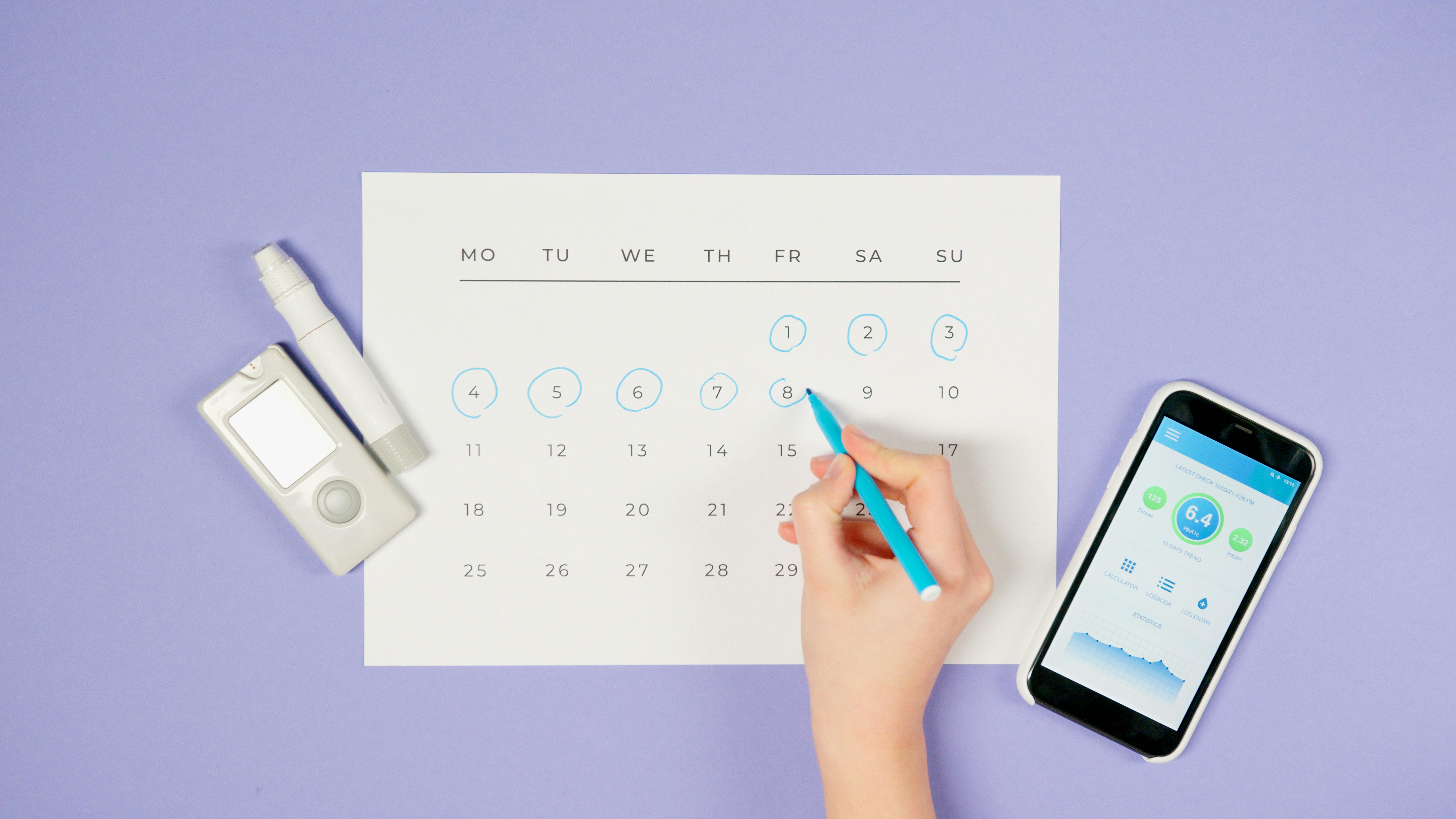
How to Effectively Make Sugar Water for Hummingbirds in 2025
Creating homemade sugar water for hummingbirds is an essential practice for anyone looking to attract these beautiful creatures to their garden. By providing a reliable source of food, you not only enhance their feeding experience but also contribute to their overall health and vitality. Hummingbirds rely heavily on sugar-rich nectar for energy, particularly during migration and nesting seasons, making your feeder an important spot for their feeding habits.
In this guide, we will explore the best sugar water recipes, optimal sugar-to-water ratios, and key tips for attracting hummingbirds. We will also discuss the importance of cleanliness in feeder maintenance, how to mix sugar water without boiling, and seasonal considerations for hummingbird feeding. Armed with this information, you can effectively support the hummingbird population in your area and enjoy the beauty they bring to your garden.
Key takeaways include insights on making and storing sugar water, understanding hummingbird feeding habits, and tips for using DIY feeders effectively. Let’s dive into the details of creating the best homemade nectar for hummingbirds.
Essential Sugar Water Recipe for Hummingbirds
Understanding Sugar Water Composition
The sugar water recipe for hummingbirds typically consists of a simple mixture of granulated sugar and water. The basic sugar solution composition is crucial for attracting hummingbirds effectively. The most recommended sugar-to-water ratio is 1 part sugar to 4 parts water. This balance mimics the natural nectar found in flowers, providing the necessary energy and nutrients for these birds.
It’s important to use refined white sugar, as it dissolves easily and is the safest option for hummingbirds. Avoid using brown sugar, honey, or artificial sweeteners, as these can be harmful to their health. Additionally, avoid red dye in your nectar; research shows that it can be toxic and isn’t needed to attract hummingbirds.
Preparing Hummingbird Nectar
To prepare your homemade hummingbird nectar, simply follow these steps:
- Step 1: Boil 1 cup of water to ensure it's clean and free from bacteria.
- Step 2: Once boiling, remove it from heat and dissolve 1/4 cup of granulated white sugar in the hot water.
- Step 3: Allow the mixture to cool, then fill your hummingbird feeder. You can also store any extra nectar in the refrigerator for up to two weeks.
It's crucial to keep your feeders clean and refill them regularly, ideally every few days, especially in warm weather. This prevents mold growth and ensures that your nectar remains fresh for the birds.
Mixing Sugar Water Without Boiling
If you prefer not to boil your sugar water, mix 1 cup of hot tap water (as hot as your tap will get) with 1/4 cup of sugar. Stir until the sugar is fully dissolved. This method is quick and retains the benefits of homemade nectar without the need for boiling. Remember, however, that you should clean your feeder thoroughly before refilling.
Best Practices for Feeding Hummingbirds
Choosing the Right Feeder
When selecting a hummingbird feeder, look for options that are easy to clean and have built-in bee guards. The design should allow for easy access and minimize clogged feeding ports. Some feeders even come with bright colors, which can attract hummingbirds more effectively. The ideal feeders also have a wide base for easy filling and cleaning.
Optimal Placement of Feeders
Location is crucial for attracting hummingbirds to your feeders. Place feeders in shaded areas to avoid overheating the nectar, and ensure they are visible from a distance. Hanging feeders near colorful flowering plants can increase visibility and draw more birds. Typically, placing feeders 10-15 feet apart will encourage competition among birds and increase visits.
Regular Cleaning and Maintenance
To keep your hummingbird feeders in good condition and the nectar safe, establish a regular cleaning schedule. Clean feeders with a solution of vinegar or a mild dish soap and rinse thoroughly before refilling. During hot weather, clean feeders every 2-3 days to prevent mold build-up. Maintaining cleanliness is essential for the health of the hummingbirds visiting your garden.
Understanding Hummingbird Feeding Habits
Feeding Frequency and Seasonal Changes
Hummingbirds will visit feeders multiple times a day, with some species feeding throughout the day, while others may have specific feeding patterns. Understanding their seasonal behaviors is also critical. During migration, they may rely more heavily on your feeders, so ensure they are filled frequently. In winter, depending on the species, some hummingbirds may stay in areas with warm climates, requiring consistent feeding.
Common Mistakes to Avoid
One common mistake many make is to fill feeders with overly diluted nectar. A stronger sugar concentration is necessary to provide them with adequate energy. Additionally, using moldy or contaminated nectar can pose serious health risks to hummingbirds. It’s also advisable to avoid using red dye in your mixes, as this doesn't enhance attraction and could be harmful.
Attracting Different Hummingbird Varieties
To attract various hummingbird species, consider adding native plants to your garden. Plants such as bee balm, trumpet vine, and salvia are excellent sources of natural nectar that hummingbirds love. By diversifying flora in your area, you'll create a welcoming habitat for many different types of hummingbirds, enhancing your backyard experience.
Storing and Maintaining Sugar Water
Proper Storage Techniques
When it comes to storing sugar water, it’s best to keep it in a clean, airtight container in the refrigerator. This will help ensure freshness and prevent fermentation. It’s advised not to store prepared nectar for too long; ideally, use it within two weeks, especially in warmer months.
Monitoring Sugar Water Supply
Regularly check the levels in your feeders and refill before they run dry. Hummingbirds can consume multiple times their body weight in nectar per day, so a consistent supply is vital. It’s important to keep an eye out for any signs of spoilage in the nectar, such as cloudiness or an unusual smell, indicating that it’s time to clean and refill the feeder.
Seasonal Variations in Nectar Recipes
As seasons change, so might the recipes for hummingbird nectar. In hot summer months, you may find that hummingbirds consume more nectar, thus requiring you to refill feeders more frequently. Adjusting your preparation and refilling schedule according to seasonal demands will ensure these birds have what they need when they need it.
FAQs about Feeding Hummingbirds
What type of sugar is safe for hummingbirds?
Refined white sugar is safe and recommended for making hummingbird nectar. Other sugar types, such as brown sugar or honey, can be harmful.
How can I reduce waste when feeding hummingbirds?
To minimize waste, consider using a feeder that doesn’t allow for excess nectar production and utilize storage techniques for any leftover nectar.
How often should I refill my hummingbird feeders?
In warm weather, refill your feeders every 2-3 days. During cooler months, you may require less frequent refilling, but keep an eye on the nectar levels.
Attracting Hummingbirds to Your Garden
Creating a Hummingbird-Friendly Environment
To effectively attract hummingbirds, enrich your garden with native flowering plants that provide a natural diet and supplement these with hummingbird feeders. Choose bright colors such as red, orange, and pink as they are especially attractive to hummingbirds.
Understanding Bird Attraction Techniques
Utilizing color and scent is a powerful way to attract hummingbirds. Bright, decorated hummingbird feeders play a significant role in their attention. Additionally, hanging multiple feeders or using pollinator plants that naturally attract them can enhance their feeding habits in your garden.
Promoting Healthy Feeding Behaviors
Lastly, understanding the natural behavior of hummingbirds and observing them regularly can provide insights into the best feeding practices. Maintain a consistent feeding routine while respecting their habitat preferences, and enjoy the vibrant beauty of these remarkable birds.

